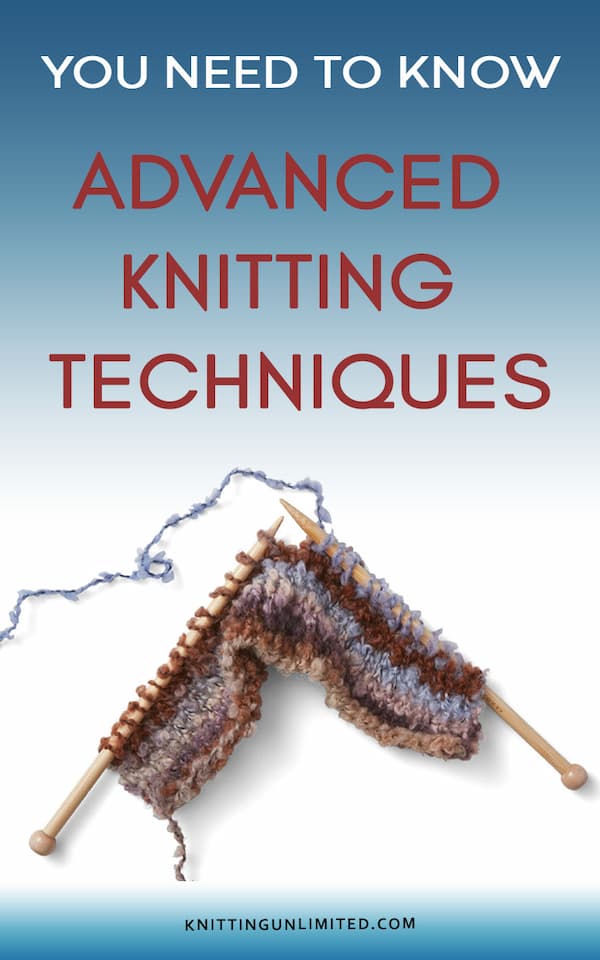Advanced knitting techniques are those that go beyond the basic knit and purl stitches, and may involve more complicated stitch patterns, colorwork, or construction techniques.
🟥 Double knitting
This technique creates a fabric with the right side showing on both sides, making it reversible. It's great for creating warm, thick fabrics and intricate colorwork patterns. To double knit, you'll need to alternate between knitting one stitch with one color, and purling the next stitch with a second color.
🟥 Colorwork
Colorwork involves using two or more colors of yarn in a single project to create a pattern or design. There are many methods of colorwork, including stranded colorwork (also known as Fair Isle), intarsia, and slip stitch colorwork. These techniques require careful management of multiple yarns and an understanding of color theory to create cohesive and beautiful designs. This can be difficult for some knitters to keep track of, and mistakes can be difficult to fix. Additionally, colorwork often requires an understanding of color theory and how different colors work together, which can be challenging for some knitters.
🟥 Lace knitting
Lace knitting involves creating patterns of holes and eyelets in your knitting fabric using a variety of techniques, including yarn overs, decreases, and increases. It requires careful attention to detail and an understanding of complex stitch patterns. It can be easy to lose track of where you are in the pattern, and mistakes can be difficult to fix. Additionally, lace knitting often requires working with fine yarns and small needles, which can be challenging for some knitters.
🟥 Cable knitting
Cables involve crossing stitches over each other to create intricate patterns and textures in your knitting. You'll need a cable needle or a spare double-pointed needle to hold stitches temporarily while you rearrange them. There are many different types of cables, including simple twists and more complex braids, and they can be used to add interest to sweaters, hats, and other projects.
🟥 Entrelac
Entrelac is a technique that creates a textured fabric that resembles a woven basket. The fabric is built up in a series of interconnected rectangles, worked on the bias. This technique can be a bit time-consuming, but it creates a stunning finished product.
🟥 Brioche knitting
Brioche stitch creates a lofty, textured fabric that is very warm and squishy. It involves working two passes over the same stitch, first knitting it with one color, then slipping it and knitting the following stitch with a second color. This technique can be a bit tricky to master but results in a stunning fabric. This requires a good understanding of how to read brioche knitting charts and how to manage multiple strands of yarn.
🟥 Knitting with beads
Adding beads to your knitting can create a beautiful and unique embellishment. Beads can be added using a variety of methods, including pre-stringing them onto the yarn, using a crochet hook to add them as you go, or using a specialized tool like a bead spinner.
🟥 Steeking
Steeking is a technique used to create openings in knit fabric, such as armholes or button bands, without having to knit separate pieces. It involves knitting a tube, then cutting the fabric along a reinforced line to create an opening. Steeking is common in traditional Fair Isle knitting and can be a bit intimidating, but it's a useful skill for seamless garment construction.
Once you've familiarized yourself with these techniques, you can experiment with combining them in your knitting projects. There are many tutorials and resources available online to help you learn and master these advanced knitting skills.










0 Comments